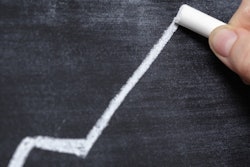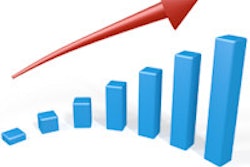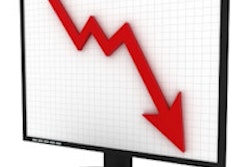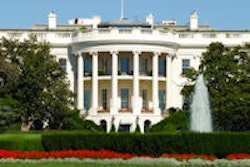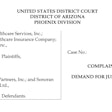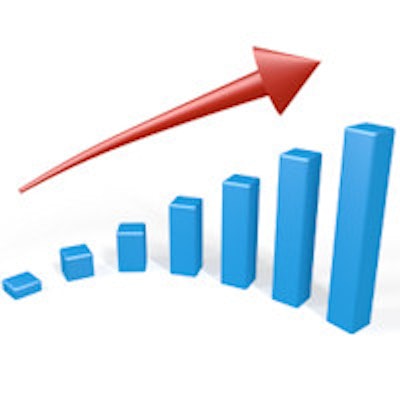
U.S. healthcare spending grew at a moderate rate of 3.6% in 2013, but spending will likely increase at a faster clip in years to come, outstripping growth in the gross domestic product (GDP), according to an analysis released on Wednesday by the U.S. Centers for Medicare and Medicaid Services (CMS).
Calling the rate of growth for 2013 "slow," CMS' Office of the Actuary nevertheless warned that health spending will grow 5.6% in 2014, followed by an average projected growth rate of 6.1% per year from 2015 to 2023. This is 1.1 percentage points higher than projected GDP growth.
While any rate of health spending that exceeds GDP growth is undesirable, the future pace of spending is still lower than it was from 1990 to 2008, when the average rate of growth was 7.2% and health spending was growing 2.0 percentage points faster than GDP.
The study was published online September 3 ahead of print in Health Affairs, and it will appear in the journal's October issue.
'Historically low growth'
The CMS report called 2013 the "fifth projected year of historically low growth rates" for healthcare spending. Contributing to the lower rate was a sluggish economic recovery, the 2013 budget sequestration's effect on Medicare spending, and continued slow growth in overall Medicare expenses, which decelerated to 3.3% from 4.8% previously.
On the other hand, Medicaid expenditures grew 6.7% in 2013, compared with 3.3% in 2012. This was due to a temporary increase in payments to primary care physicians as mandated by the Affordable Care Act (ACA), as well as other reimbursement increases and expanded benefits mandated by the states.
Health spending growth is expected to rebound to 5.6% in 2014, closer to the historical average. Medicare spending will increase 12.8% this year, while private insurance spending will grow 6.8%. Spending is projected to increase 4.9% in 2015.
The report also gives long-term projections for U.S. health spending for the years 2016 to 2023. There will be several main drivers of spending, including the following:
- Increased insurance coverage via the ACA
- Projected economic growth and higher disposable personal income, as health spending closely tracks higher growth rates in the general economy
- Population aging, as the baby boomer generation begins requiring more healthcare services
All of these trends are expected to result in health spending taking up 19.3% of the U.S. GDP by 2023, compared with nearly 17.2% in 2012. What's more, Medicare spending growth will peak at 7.9% in 2020 due to continued enrollment in the program by baby boomers.




